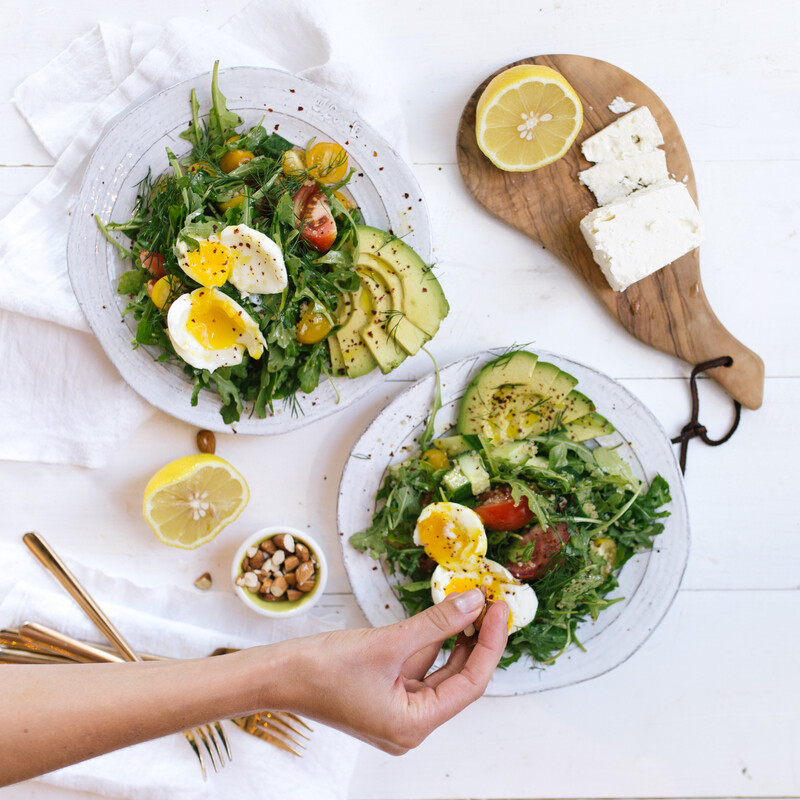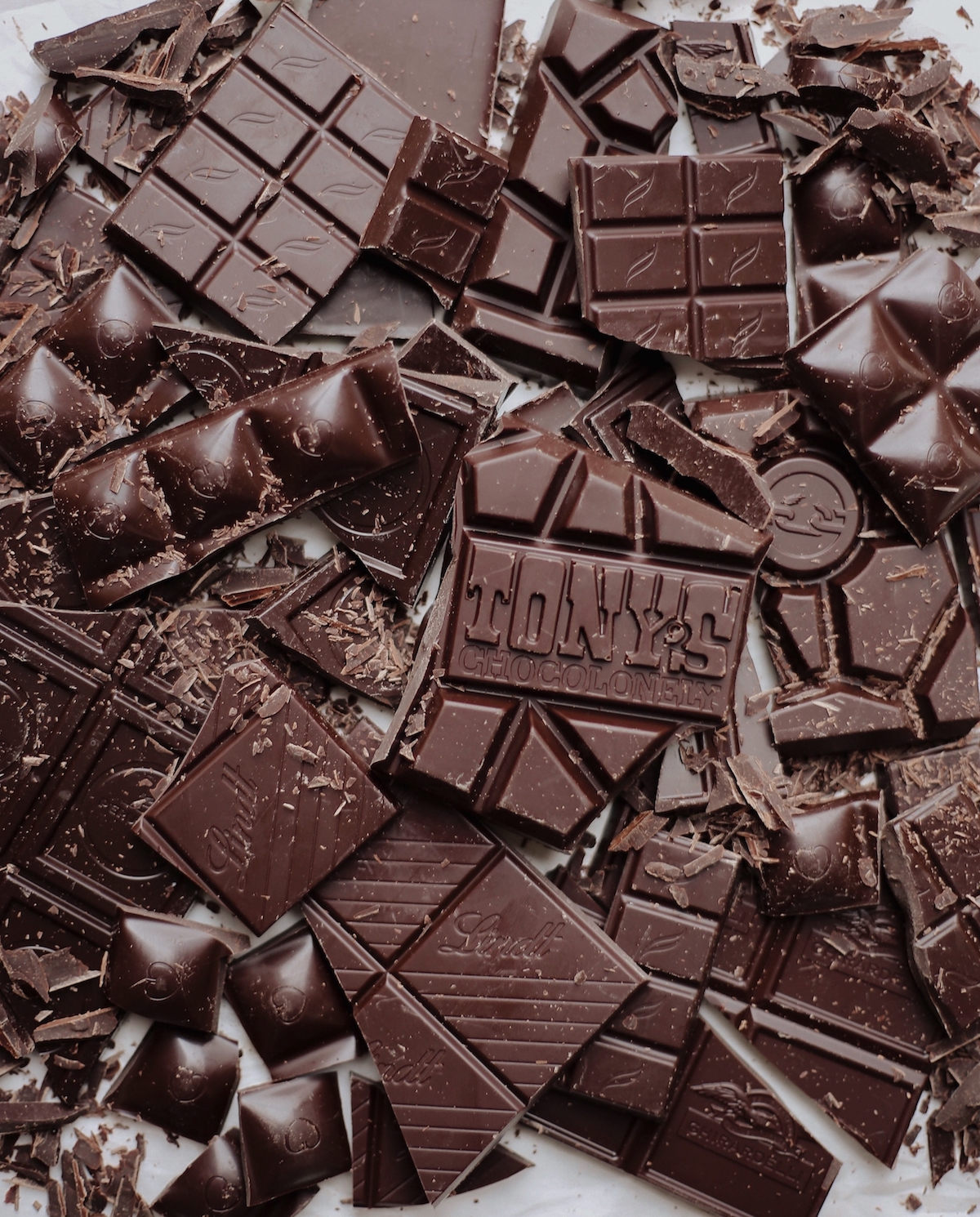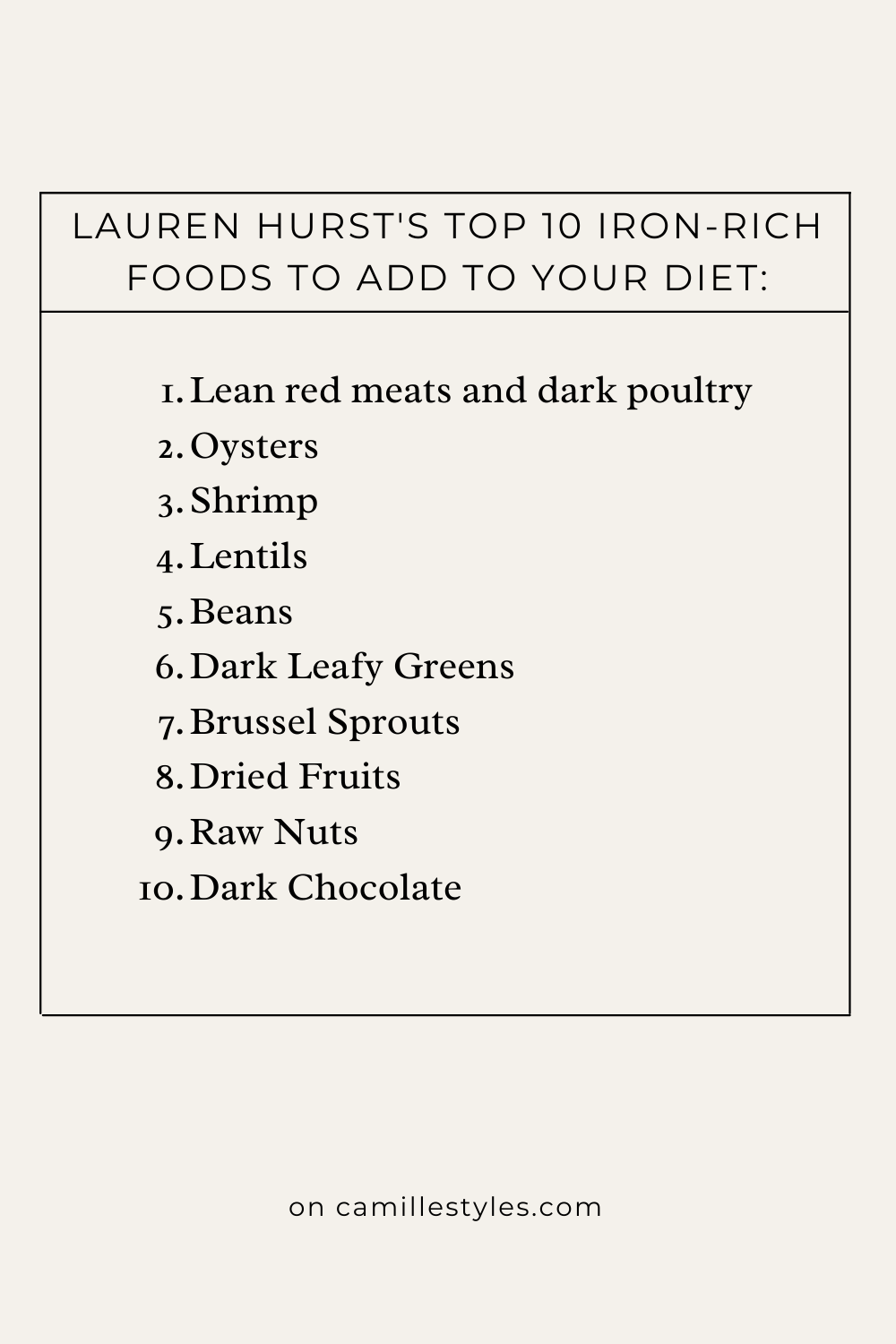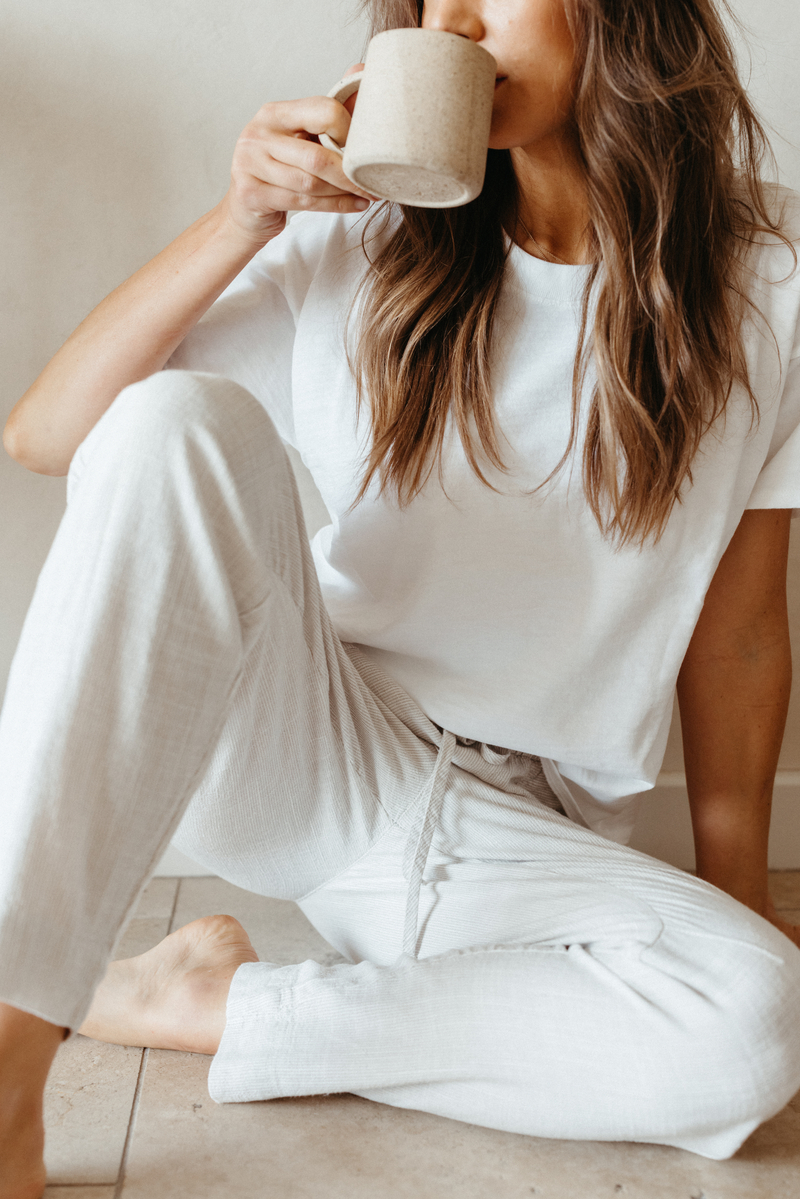There was a time when the vitamin and supplement section at the market was something I only glanced at en route to the bulk food bins and wine section. Then when I announced my first pregnancy to friends in 2009, it became clear to me that this would be the most important aisle in my life for the next nine months. Our conversations quickly changed from Friday night plans to folic acid, cocktail orders to calcium levels, and iron-rich foods.
Since I have been a vegetarian for most of my life, my sweetly concerned friends all had one question in common: “How will you get enough iron during your pregnancy without eating any red meat?” Admittedly, their concerns didn’t give me much more than a (pregnant) pause. I had always been (gratefully) healthy and haven’t experienced any deficiencies due to my non-carnivorous ways (other than sometimes being the one at a group dinner to take a bit longer to examine the menu). Fast forward to my second trimester and their words started to tiptoe around the forefront of my mind.
My nails were brittle, my muscles were feeling weak, and I was experiencing intense, bone-aching fatigue all day long that felt far too exhausting than the stories I’d heard from other friends in the mom club. Sure enough, after completing a full panel blood test, I was told that adding daily iron supplements into my regimen could be just the thing I was missing.
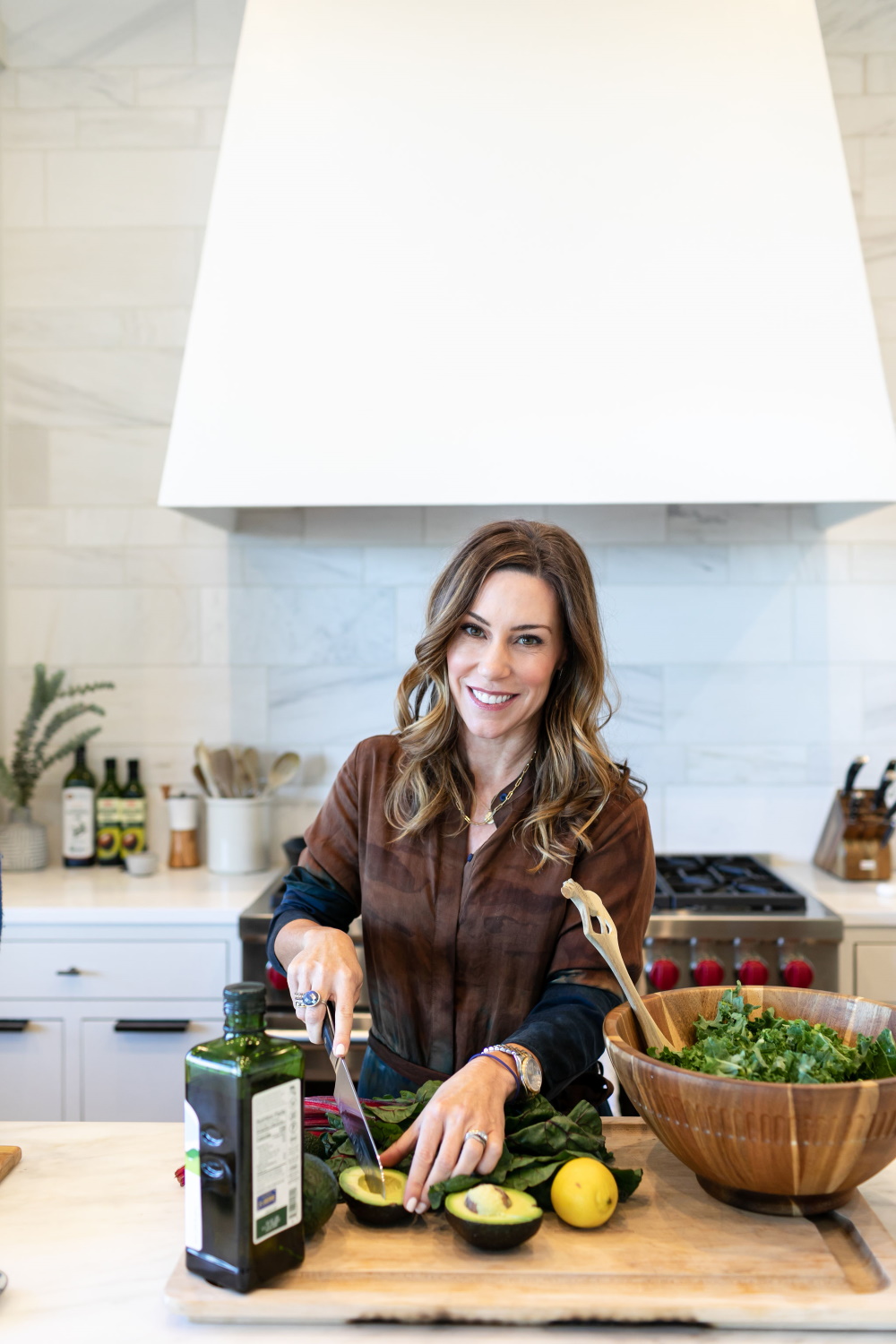
Image by Paige Newton.
Despite the doctor’s orders, I was hesitant. Particularly when told that incorporating supplements into my routine could bring on, ugh, constipation, and other tummy troubles. On top of the body changes I was already experiencing, my initial reaction was, no thanks. But since I was a newbie at pregnancy and wanting to make the best possible choices for my gratefully growing little one, I reached out to my fellow San Francisco pal and new mama, Lauren Hurst (pictured) to share her approach and take on iron-rich foods. As a licensed acupuncturist, herbalist, and registered dietician, I knew she would have the tools and intel to pass along to this veggie-loving preggo. Her guidance put me on track for a healthy first pregnancy and convinced me that adding in supplements was a way to balance my dietary beliefs with the overall health of my growing belly and baby.
With three healthy kids to call my own and now a regular passenger on the vitamin train, I recently caught up with her for a one-on-one session to discuss the benefits of iron, how much we should have in our bodies, which of us is most at risk for deficiencies, and a go-to list of iron-rich foods. And guess what? There’s dark chocolate on there. Apparently, it can help build up our physical defenses naturally. Who knew?
Tell us a bit about you and what you do.
I blend the time-tested tenets of Chinese medicine with a functional medicine approach to figure out the root cause of symptoms my patients are experiencing. Each individual is unique and each consultation and treatment plan is custom-curated just for the individual. I often blend diet and nutritional therapy, lifestyle changes, stress relief techniques, acupuncture, functional medicine testing (such as gut health tests), and customized Chinese herbal blends to treat the whole individual. My areas of clinical focus are primarily gut health, hormonal imbalances, stress and anxiety, and infertility. I absolutely love getting to connect with my patients and working with them to craft a plan that helps them uncover the health they deserve and seek.
Now let’s get into our topic today… what is the role of iron in the body?
Iron is a mineral that plays a vitally important role in helping the red blood cells to transport oxygen to tissues in the body. Every cell in the body depends on iron to help with energy and cellular growth. This mighty mineral also plays a vital role in our immune health, brain function, and muscle strength, to name a few. It’s important!
How much iron should we be consuming a day?
The Recommended Daily Allowance (RDA) is a generalized recommendation to fit most people but the amount of iron needed daily really depends on age, sex, health conditions, and diet.
In general, women between the ages of 19 and 50 need 18mg of iron per day.
This amount can be higher for women with heavy menstrual cycles or athletes that lose a lot of iron through sweat. Women who have entered menopause only need about 8mg of iron per day.
What are the symptoms of iron deficiency?
Iron deficiency is no joke—it can make people feel absolutely terrible. The most notable of the many symptoms is fatigue. I have worked with women that experience fatigue in such a debilitating way that they can barely get out of bed and make it through their days. Another notable symptom that many people experience is cognitive decline. Patients will note that they’re losing their memory, can’t focus or concentrate on tasks at hand, and even experience confusion at times. Other common symptoms are exercise intolerance, shortness of breath without exertion, increased irritability, muscle weakness, restless leg syndrome, and headaches. Lastly, pallor. People that are deficient in iron tend to have a pale, almost grey complexion. This can be seen on the face, palms, or inner eyelids.

Who is most likely to be iron deficient?
Women! One of the main reasons for iron deficiency is insufficient levels of dietary iron, and women tend to be top of the list for a few reasons.
These days, a lot of women are on restricted diets, skipping meals as they run from task to task, excessively exercising, or just simply not eating enough.
I also see a lot of women that are vegetarian and vegan and while these diets can be very healthy, it does require some extra effort to make sure they’re receiving adequate levels of iron through the diet. Couple this with heavy menstrual bleeding or dysfunctional menstrual bleeding patterns monthly and women can really struggle. It’s also important to note other health conditions we see that can cause anemia. Outside of dietary factors, the second most common thing we see is absorption issues in the gut.
For years, even as a highly trained professional, I struggled with anemia. Despite adequate consumption of iron and doing all of the “right things” I couldn’t figure out why my iron levels were so low. It wasn’t until I was diagnosed with an underlying gut infection and food sensitivity that we were able to find a course that resolved the issue. If someone has Celiac, Crohn’s, or an H Pylori infection present in the gut (to name a few), they will have trouble absorbing iron, too.
Why is it important to meet adequate iron levels in the body?
Your tissues and cells depend on adequate iron levels for proper functioning. If you don’t have adequate levels, not only do you feel terrible, but your health can really suffer. With severe iron depletion, your heart tissue can become stressed, you can experience heart palpitations and irregular beats, and even have a heart attack!

How do you suggest treating iron-deficiency anemia?
First of all, trust your gut. I don’t say this flippantly—I really mean it. If you’re being told to simply eat more iron or you know you’re not feeling well and you don’t feel heard or seen, find a healthcare provider that will help you figure out why you’re deficient in iron. Perhaps it’s guidance on how to build more iron-rich foods into your daily diet. Perhaps it’s correcting your heavy menstrual cycles or taking a deeper look at your gut health and how it’s impacting your absorption of iron. What I commonly see are patients who are being told to just eat more iron or take a supplement. While that might be helpful for some people, it’s often only part of or not even the answer. With that said, one of the first places to start is to make sure you’re not unknowingly blocking your iron absorption when you’re eating.
There are certain foods that will block iron absorption and should be consumed two to three hours away from an iron-rich meal. These blockers are: tea, coffee, dairy, eggs, and calcium supplements.
Any tips to enhance iron absorption in the body?
Yes! I have a few favorite tricks that I love to share with patients. First of all, pull out that trusty old cast iron skillet. You’d be surprised just how much nutritional iron it can add to your diet (don’t worry, it’s not scary)! In particular, it’s especially helpful to cook acidic foods, such as tomato sauce, as they’re naturally adept at absorbing iron.
Another trick to help with iron absorption is to pair your iron-rich foods with foods rich in Vitamin C. In the nutrition world, we like to call these the “helpers.” Vitamin C-rich foods include: kiwi, pineapple, red bell peppers, oranges, strawberries, tomatoes, and broccoli, to name a few. An example of adding helpers might be adding diced tomatoes in your lentil stew or adding sauteed red bell peppers into your turkey chili.
What iron supplement do you recommend?
If you’d like to start an iron supplement, I recommend iron chelate at 30-60mg per day. This form of iron is easy to absorb and doesn’t cause an upset stomach or constipation, which is typical of a lot of iron supplements. Another option is a botanical blend available on the market called Floradix. Take 10ml twice daily for a gentle but highly absorbable iron supplement.

Is there such a thing as eating too many iron-rich foods?
Technically, yes. You shouldn’t consume more than 45 mg of iron per day from supplements or food as this could cause toxicity symptoms such as dizziness, fatigue, headaches, nausea, weight loss, gray skin, and shortness of breath. When you have too much iron, it makes it harder for your body to absorb zinc as well. With that said, most people don’t need to worry about getting too much iron from food alone. Even the best food sources contain only 5mg of iron per serving. Iron deficiency is much more likely than iron toxicity from foods.
What iron-rich foods do you suggest adding to our diets?
There are two forms of dietary iron. There is the heme group which comes from animal products and nonheme iron, which is found in both animal products and plant foods.
There is a myth that plant-based iron really isn’t absorbed, however, you can absolutely meet your dietary requirements of iron through a plant-based diet with some thought and complementary foods that enhance absorption.
Lauren’s Top 10 Iron-Rich Foods to Add to Your Diet:
Lean red meats and dark poultry
Iron levels: 3mg per 3oz
The recipes: Turkey Chili and Thai Larb
Oysters
Iron levels: 10mg per 3oz
The recipe: Grilled Oysters
Shrimp
Iron levels: 1mg per 3oz
The recipe: Garlic Shrimp Spaghetti
Lentils
Iron levels: 3mg per ½ cup
The Recipe: Coconut Curry Red Lentil Soup
Beans
Especially kidney, lima, navy, chickpeas, or canned white beans.
Iron levels: 2mg per ½ cup
The recipe: Homemade hummus
Dark Leafy Greens
Especially swiss chard, spinach, and collard greens.
Iron levels: 3mg per ½ cup
The recipe: Farm Eggs With Braised Leafy Greens and Tomato
Brussels Sprouts
Iron levels: 1.5mg per 1 cup
The recipe: Brussels Sprout and Apple Salad
Dried Fruits
Especially raisins, apricots, and prunes.
Iron levels: 1mg per ¼ cup
The recipe: Burrata with Caramelized Squash, Pine Nuts, and Golden Raisins
Raw Nuts
Especially almonds, cashews, pistachios, and walnuts.
Iron levels: 2mg per 1oz
The recipes: Veggie Bowl With Spring Garlic Cashew Pesto and Healthy Joy Almond Bites
Dark Chocolate
Iron levels: 7mg per 3oz
The brand to buy: Suruchi’s grocery store dark chocolate bar lineup
Any other iron-rich recipes you love?
If you would like to use herbal support to boost your iron stores, here is a recipe from the wonderful Aviva Romm, MD. This recipe is gentle on the stomach and plant-based but, fair warning, these herbs are quite bitter.
Herbal Iron Tonic Syrup Recipe
Note: dried herbs can be purchased through Mountain Rose Herbs
½ ounce dried dandelion root
½ ounce dried yellow dock root
½ cup blackstrap molasses
Put the roots in a quart jar and cover with boiling water. Let sit for 4-8 hours. Strain into a pot and simmer off until you’re left with 1 cup of liquid infusion. Add to this the blackstrap molasses while still heating, then remove from heat. Store in the refrigerator and dose 1-2T per day. Bonus if you take it with a Vitamin C supplement for additional absorption.


